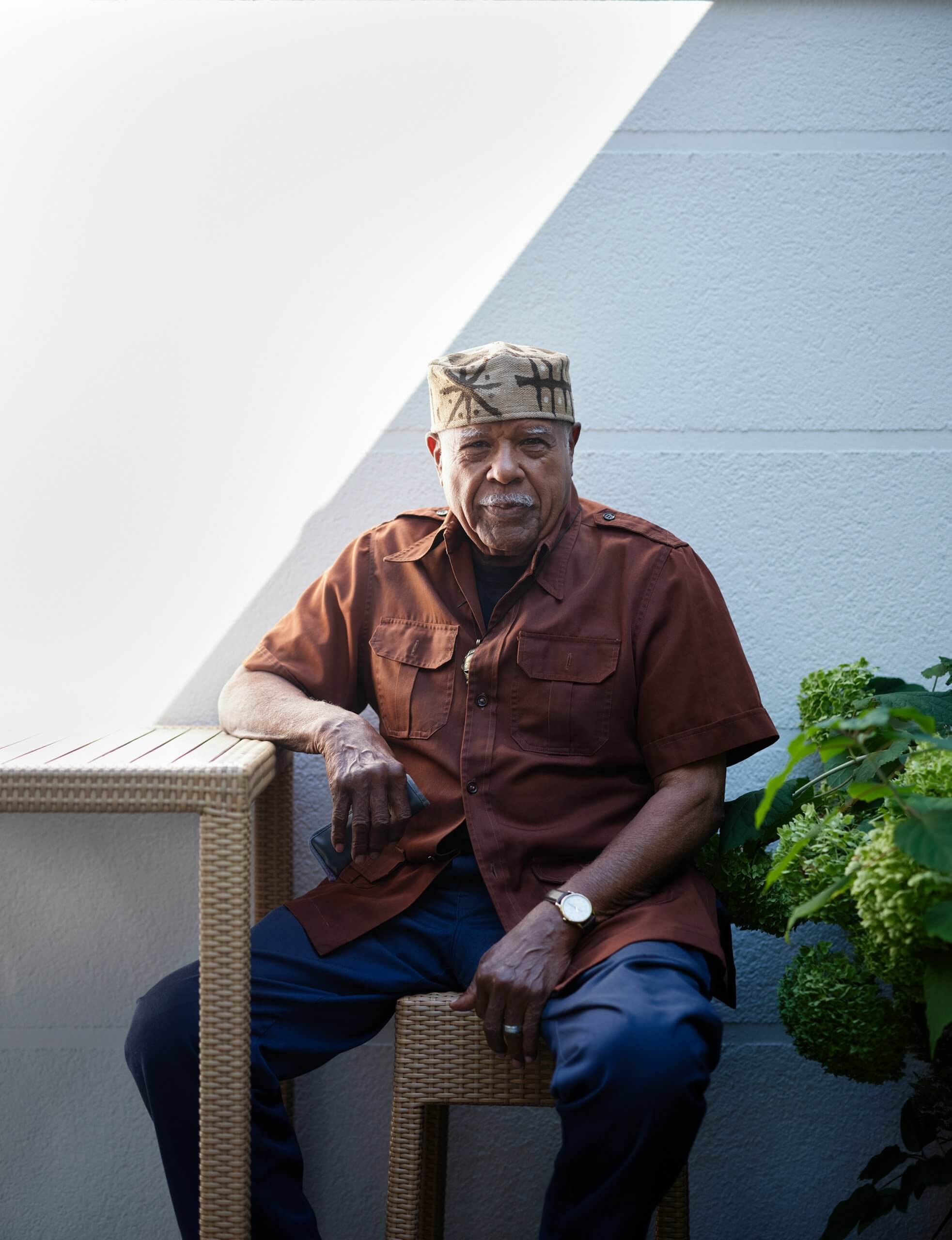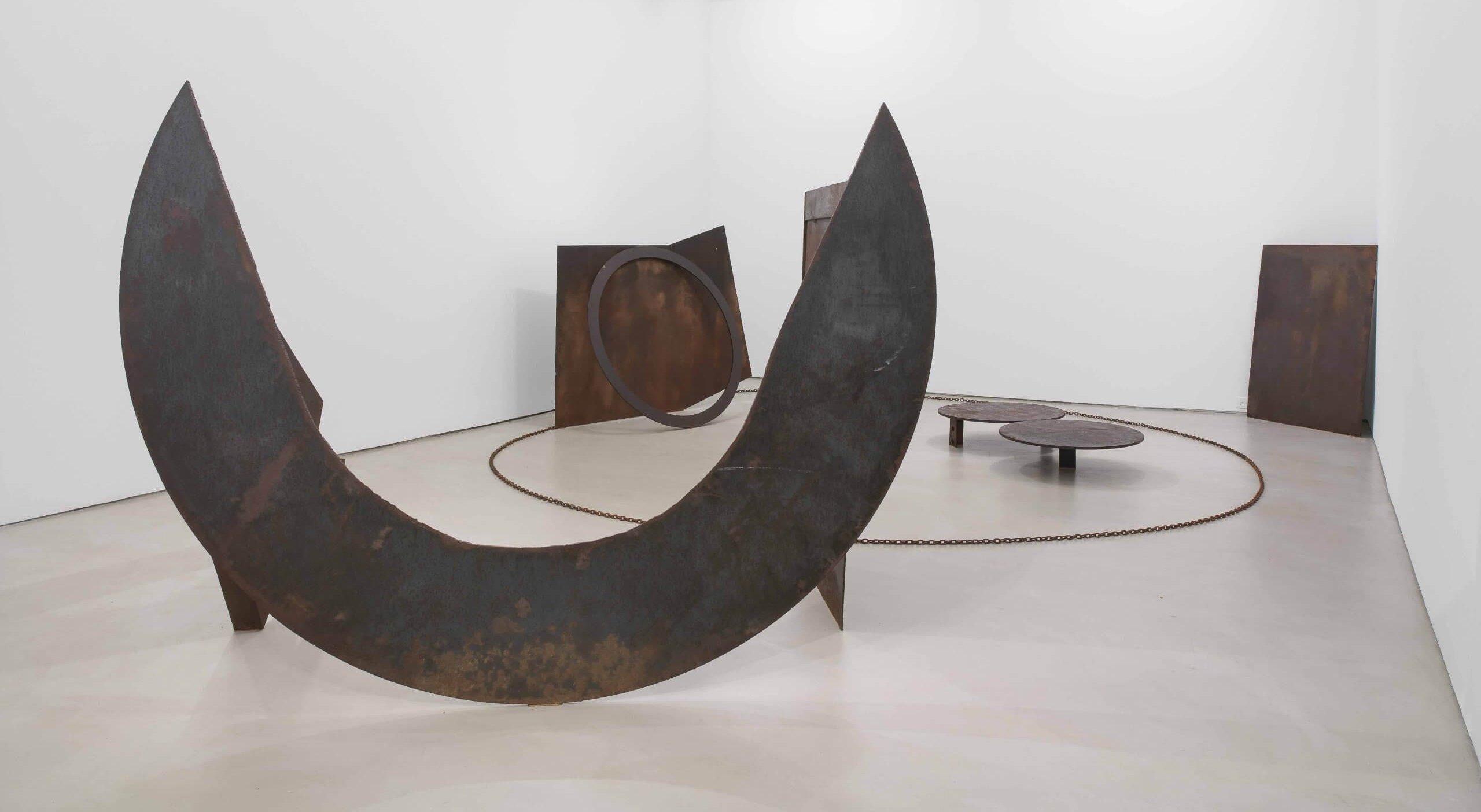SEARCH THE ENTIRE SITE
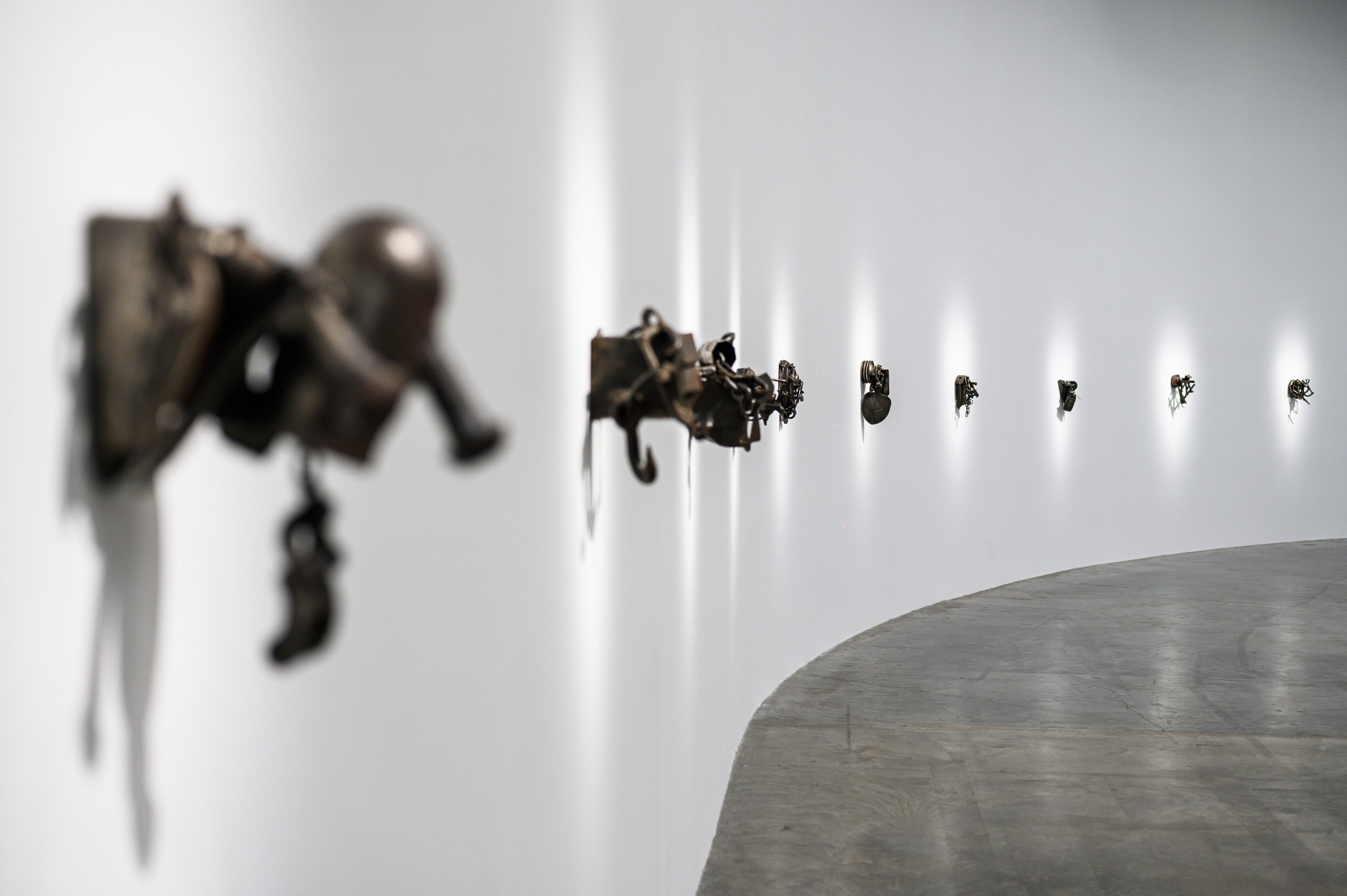
Interview with Melvin Edwards
Could you tell us how you started your practice ? Where does your interest in welding come from?
Melvin Edwards: My welding practice comes from a long development of my interest in art since childhood. When I was about 9 years old I went for the first time to a museum with my class in Dayton, Ohio. I’ve been drawing since childhood, but it was the first place I consciously remember having an interest in art. There were sketches that made me realize that you didn’t have to make your drawings look exactly like the things you saw. So it was an introduction to abstraction for me. A few years later, back in Texas, I took an art classat the Phillis Wheatley High School, which was one of the three black high schools in Houston during segregation. I also took an architecture course. That meant I was learning to draw both from an artistic perspective and from a technical one. And at home I would sit on top of our garage and draw the houses, the rooftops, and the trees of the neighborhood. So all of this mixed in was a part of my development.
Sculpture then came toward the end of my school years. In that period you could go to a community college for $10 a semester. It was very economically possible for working people so I went to a college in California. Later, I transferred to the University of Southern California—a private college with much higher tuition—with a football scholarship. At one point, I couldn’t afford to continue my studies, so I left and sent my portfolio to the Los Angeles County Art Institute, where they offered me a full scholarship. At the Institute every student had to take sculpture classes. And as a scholarship student, one of my jobs was to photograph other student’s finished projects. Seeing those works introducedthe three-dimensional world to me. But I eventually went back to the University of Southern California because I missed football andin my last year there, I happened to see a student welding. Curious, I asked him about it and he agreed to teach me how to weld. He laid out six pieces of steel, showed me how to adjust the gas and oxygen for welding, and how to join those six pieces of steel together. So he showed me the basics, and from that I taught myself everything about welding steel.
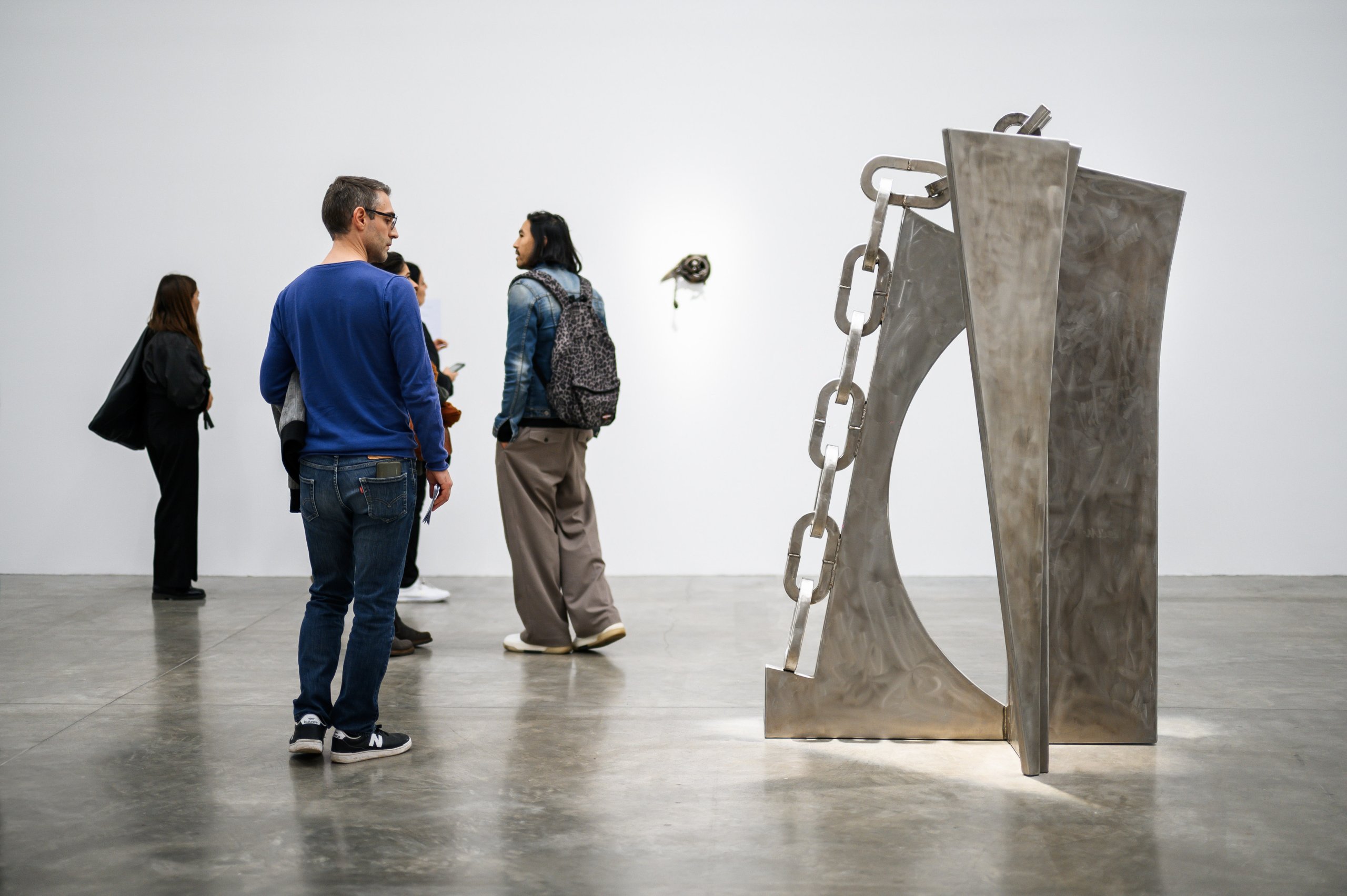
What was driving you towards steel ?
ME: It was simply a material I could work with. I was experimenting and trying new things for myself. I would wonder what would happen if I pushed things further and eventually I started to invent things that were new in the world of art. But in the beginning, it was just curiosity. And you can weld bronze, copper, any number of things, but steel is the most fundamental. That’s where my interest has remained ever since.
Can you tell us the story of the series of the Lynch fragments that are very important in the show ?
ME: In the beginning, I worked on very small pieces. I was teaching myself how to manipulate and put together forms that would not have ordinarily been put together. And I had already internalized what is imitation of the real, abstract, or conceptual so moving information from twodimensions to three came naturally. The first pieces were experimental and creative sculptures, they weren’t yet called “LynchFragments”. But when I realized that my work was developing itself a path,
I decided to use a collective title to keep it focused in a personal direction and keep it from the formalist* criticism. In that period, the art world’s rhetoric was that art is only made for art’s sake, that art was pure formal creations. Some thinkers such as Clement Greenberg were really influential on this matter. But I felt that the dynamics of my works were connected to the social and political reality that my family and I had lived through. So I said “Okay, I’ll title these works collectively Lynch Fragments.” It was the most symbolic title refferring to that reality and experience: it was killing people who did nothing wrong, purely for racial reasons. Still, each piece had its own individual title. The piece Some Bright Morning is a reference to an article I read about an African- American community who had been threatened by the larger white community because they were being “too independent”. The threat was “if you don’t change, some bright morning we’re coming to take care of you”. So, one morning they came, but the people in the community were prepared and successfully defended themselves. That was the reason for this title. Then I decided that whatever I name individual pieces, they’ll be in this dimension and hung on the wall at eye level, as if looking at a face.
You’re also experimenting with kinetics*, can you tell us more about it ?
ME: In terms of the idea of kinetics and movement, the first piece that I made was Homage to Coco. Coco, Corrine Anderson by her real name, was my father’s mother. She was a seamstress andmade very beautiful quilts. So I was aware of this kind of construction. It is not the art world, but nevertheless it deals with color and shape. I also happen to remember my grandmother’s sewing machine. It was the mechanical kind where you have to pump your feet to make it move. I’d say it was a kinetic sewing machine. In 1965, the Dwan Gallery in Los Angeles, inherited a group of kinetic machines by the Swiss artist Jean Tinguely. They wanted somebody to make them work for an exhibition and my neighbor who worked for them recommended me. The truth is, I was not very mechanical. I could fix my bicycle, but that was about it. Anyway, I worked with those machines for around half a year and made that whole exhibition function. That gave me a practical understanding of kinetic sculpture but there were also historical examples like the artist Alexander Calder. And when I did decide on the challenge ofkinetics, I used the principle of my grandmother’s sewing machine. So I cut a circle in half that made two elements that would rock. I made many variations with weight distributed differently to make the balance go faster or slower when it’s moved. The very first kinetic sculpture I made was really large and painted in one color red. And from side to side, there were chains that connected it. The addition of the chains meant that when itmoved, the gravity of the chains was different than the gravity of the frame that it was holding, so it syncopated or amplified the rocking in one different way or another. And you know, some people who talk about my work still haven’t figured that one out!
What I was getting at, once I was more committed to sculpture, was a variety of dynamics that I could take material from. In the room we currently are, I’m seeing something that has always been present in my thinking, but it’s not an image in my work. You have a flower on the wall called the bird of paradise. That was my aunt’s favorite flower. And in Los Angeles, where I was learning to paint and all, they were always growing there. So whenever I see a bird of paradise flower, it goes backto my aunt, to art, to all of that. And if you know jazz in a historic way, one of the most significant creative jazz musicians was Charlie Parker, also called “Bird”. And one of his most important compositions is Birdof Paradise. So, you know, the connections don’t go in a straight line but through various aspects I go back into. It’s really what you conceptually develop in your own thinking. And it might fit with the dynamics of the art world’s language and it might just come from somewhere else. And why not? All of it is valid in the universe.
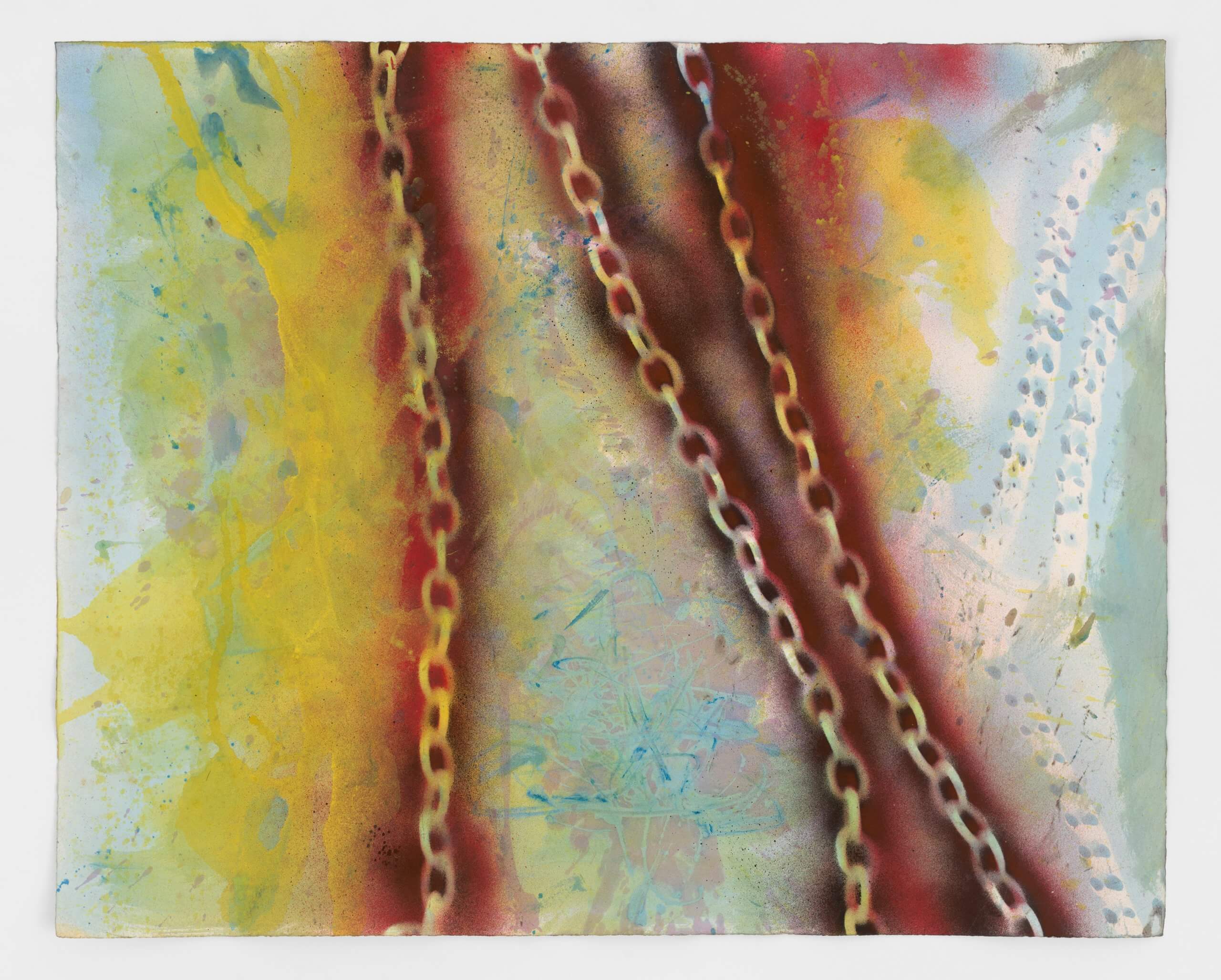
Regarding your interest in metal, how did your experiences in West Africa inspire your practice ?
ME: By the time I went to Africa in the 1970’s, I’d already had museum shows and my work was fairly advanced. So I’m not so sure it informs the mechanics of my practice but I’m going to jump back to a connection I know about- even though I can’t say it’s an influence. Around the year 1976, my mother visited her uncle who worked in the automobile industry in Detroit. In its American origins, that part of the family came from Alabama, where they lived on plantations during the time of slavery. They said there was one man in the group of slaves who was already trained as a forgeron– as you would say in French. We don’t know what place or what people he came from in Africa but I have to presume from coastal places. It could be anywhere from Luanda, Angola to Dakar, Senegal or anywhere along the coast. We don’t have an African name or anything that would give us a clue, but we do know that the work he didon the plantation had to do with metal.
Steel has been a material that’s been used for thousands of years in cultures all over the world. That’s just an absolute reality. If you study geology, any place you’ll find all over the world, human beings have found ways of smelting either steel, copper, silver or gold.And that is just some dirt in the ground until it’s processed you know. But human beings recognized a long time ago variations of technology to change what they want. Ultimately, most of them used fire at some point and changed the composition from solid to liquid or from powder to whatever. And in modern terms, from the 20th century, everything has been mechanized. And so it increased the quantity and changed the qualities. For example, stainless steel is a scientific technology that’s present all over the world now. So it’s I don’t know how to say it, but the technology that’s in the hands of human beings moves very quickly. I say quickly because it may take a thousand years, but in the history of humanity, a thousand years is not much time.
Homage and paying tribute is very important in your practice, as we can see in the show. Can you tell us about your relationship to writers and thinkers such as Léon-Gontran Damas relates to your work?
ME:
I met Léon-Gontran Damas in October 1969. He came to New York we threw a party for him to meet some other creative people at my partner Jayne Cortez’s apartment. I knew very little about him and that’s where we met. And in that meeting, somehow we just felt good. I also happened to have a car so I drove him around the city as a new visitor and we became good friends. There were just interesting things to talk about.
I started the project of the sculpture when his house in Cayenne was destroyed by a fire. It was a historic house that he wanted to rebuild. But he was ill and passedaway before that could happen. Since he had asked me to do a sculpture to kind of commemorate it, in my own sentiment, I made this piece that I felt was expressing my commitment to that idea.
If there is anything symbolic in its appearance, it lies in the circular, pointed shape. The work is meant to be placed so that, looking through the opening, you see the sun—rising from the east in Africa and setting in the west in South America. As a young adult, Damas carried out anthropological research for the government in the interior of South America, studying the cultures of Native people. He himself was of African descent, educated in Martinique and later in France, embodying these international dynamics. We usually expect cultural exchanges to be framed through European history— what we call “world history,” though it is history shapedby European thought. From another perspective—say, if you grew up in China—the view might be very different. But in any case, there is enough history in it, if you pay attention, and enough science as well. Culture is a part of all of us. I have my own interest in music, but I was never a musician myself. But I always appreciated music very much. And I saw the creativity in sound, and the creativity possible in three dimensions, and the possible creativity in the use of color, in the use of studying nature, and putting those combinations together in any way you want. You know, your own innovation, creating your own visual or cultural language, I presume that’s a part of our responsibility. In other words, we’re human beings in this world trying to do something, and hopefully something positive.



